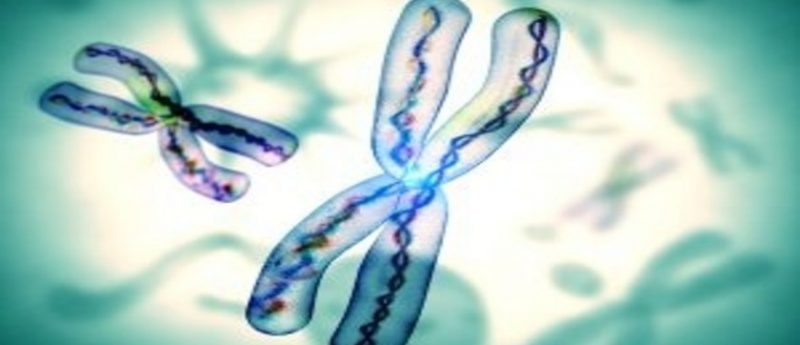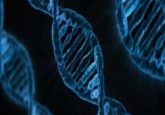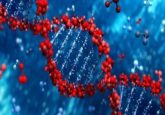p53 restrains mobile genetic elements to suppress tumor formation, study finds

The mechanisms of action of the tumor suppressor gene p53 are one step closer to being understood thanks to a study recently carried out at The University of Texas Southwestern Medical Center (TX, USA). The work, published in Genes & Development, demonstrates how p53 works to ensure stability of the genome by restraining mobile genetic elements.
The findings suggest an explanation as to why disabling the p53 gene allows for the formation of tumors and according to senior author John Abrams (The University of Texas Southwestern Medical Center) could one day lead to new ways of diagnosing and treating cancer.
The team demonstrated that functional p53 acts to control transposons – mobile genetic retroelements that have the ability to replicate and migrate to different positions within chromosomes. However, the activity of transposons was found to be notably increased in mouse models of both Wilms’ tumors and colon tumors with disabled p53.
“If you take the gene away, transposons can wreak havoc throughout the genome by causing it to become highly dysregulated, which can lead to disease,” Abrams explained. “Our findings help explain why cancer genomes are so much more fluid and destabilized than normal genomes. They also provide a novel framework for understanding how normal cells become tumors.”
Commenting on the potential clinical significance of these findings, Abrams continued: “Understanding how p53 prevents tumors raises the prospect of therapeutic interventions to correct cases in which p53 is disabled. If retroelements are at the heart of certain p53-driven cancers, finding ways to suppress them could potentially allow us to prevent those cancers or intervene to keep them from progressing.”
Although much further research is required, the team also suggest that their findings could open doors to diagnosing cancers through biomarkers related to p53 and transposon activity. “One possibility is that perhaps blood or urine tests could detect dysregulated retroelements that could be indicative of certain types of cancer,” Abrams concluded.
Source: University of Texas Southwestern Medical Center press release


